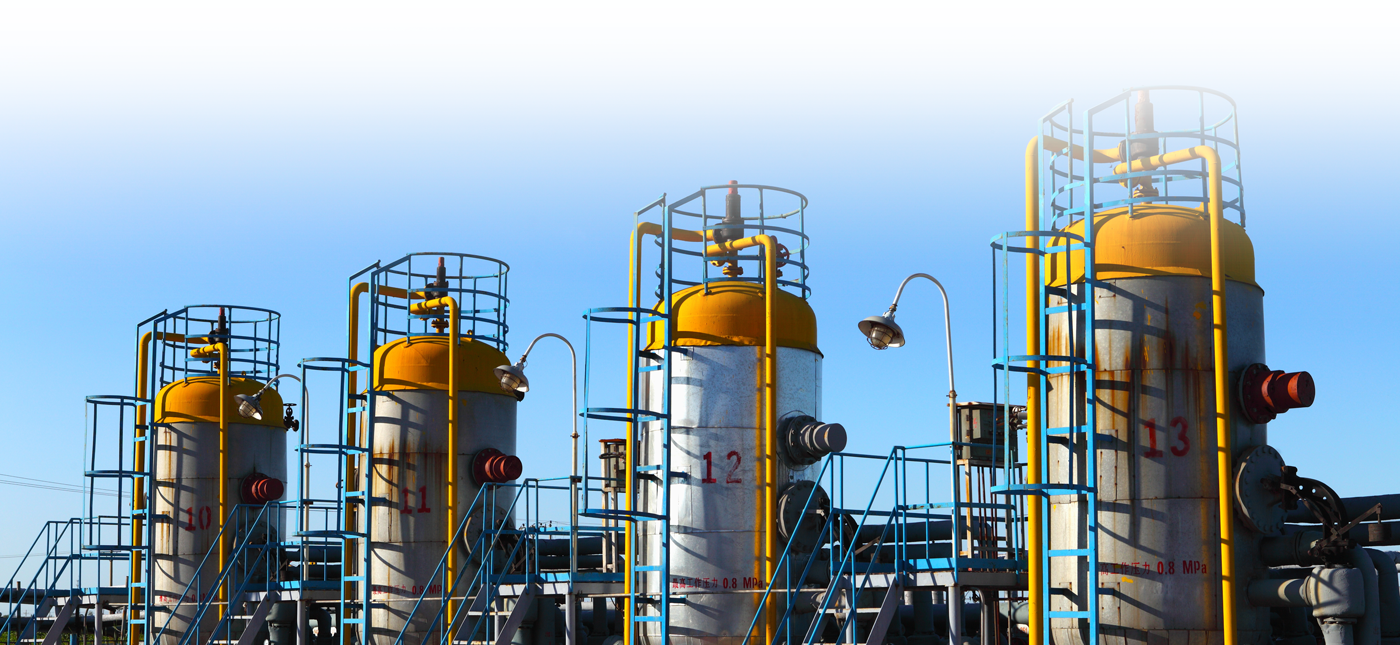Vibrations in Turbo Machinery
Turbine and Compressor Vibrations
Paper No. 40
J. C. Wachel, CEP, Vol. 15, Technical Manual published by American Institute of Chemical Engineers, New York, 1973, pp. 69-76 .
The use of high speed turbine and compressor strings in chemical process plants has increased interest in vibration monitoring and control since the outage of any piece of equipment can cause considerable downtime of the process. With downtime sometimes costing up to $100,000 a day, the economic impact can be overwhelming. The increased complexity of processes many times prevents the complete simulation and testing of the dynamic vibratory characteristics of turbines and compressors in the shop acceptance tests, since it is usually not possible to simulate all design parameters such as pressures, temperatures, process gas, etc., in a manufacturer’s facility. In many cases, the unit startup is the first opportunity to check out extrapolated design features. Many troubles occur during startup because of this. Increased surveillance during plant startups is, therefore, a necessity.
This article will present vibration data measured on a steam turbine and syn gas compressor rated at 10,600 rev/min. No problems arose during the shop tests of these machines; however, when installed, several types of vibration problems occurred during startup and operation. Vibrations were caused by: 1) unbalance, 2) misalignment, 3) mechanical resonances of attached structural components, 4) running near critical speeds, 5) sleeves that shifted during operation, 6) instabilities which excited subharmonic frequencies, and 7) intermittent faulty operation of governor control and overspeed trip. The symptoms and dynamic characteristics of vibrations, such as those caused by unbalance, misalignment, mechanical resonances, and critical speeds are well known, and rather simple frequency analysis techniques are sufficient to define them. However, detailed spectral information and analyses of destructive instabilities that occurred in the compressor have not been previously reported. This information is valuable since it shows that the use of tilted pad bearings is not sufficient to prevent subharmonic instabilities at the shaft criticals. Additional detailed spectral information is also presented for the first time on simultaneous subharmonic excitation of the two lowest shaft criticals on the turbine. Of prime importance is a time history of an overspeed failure which was actually recorded. This data shows how quickly failures can occur and indicates the need for additional safeguards in speed control circuitry.
Download PDF
